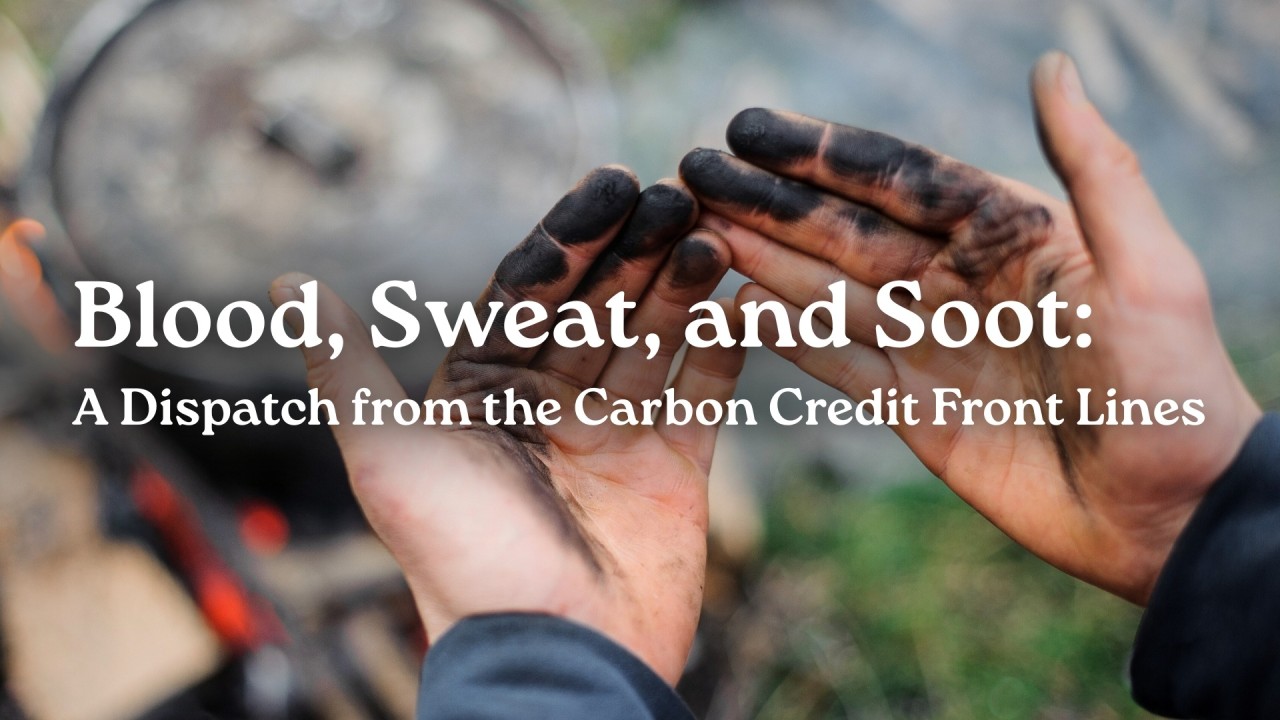
The journey to bring certified biochar carbon credits to market is not for the faint of heart. It’s a path paved with good intentions but fraught with unseen complexities. This isn’t a guide or a rulebook. It’s a dispatch from the trenches—my personal reflection on the paradoxes and hard-won lessons from navigating the process.
The Price of Admission
The first wall you hit has nothing to do with production or carbon science. It is the staggering cost of entry. The administrative burden of getting a project certified is immense. It often requires specialized consultants that, to put it mildly, cost an arm and a leg. To give you a sense of the scale, I’ve seen quotes from established consultancies for certification under a major carbon standard that run in the realm of US$70,000. Even working with an experienced independent consultant for a different standard can set a project back at least US$20,000. For a developing project, these figures are not just numbers on a page—they are intimidating bulwarks.
The Scale Conundrum
Once you get past that initial cost, you face the next hurdle. The challenge is simply finding where your project fits. Many established platforms aim to attract large corporate buyers. They have set minimum production thresholds for eligibility, some at 1,000 tonnes of biochar per year minimum. I understand the logic. A corporate buyer wants volume and simplified due diligence. But this creates a “missing middle” for projects that are too large to be considered artisanal, yet too small to meet the industrial threshold.
This led me to the question: does the intense focus on scale inadvertently constrain quality? If the primary pressure is to produce massive volume, it incentivizes using whatever feedstock is most abundant, not what is most beneficial for the local soil. We know that not all biochar is created equal. A char that is technically a stable carbon sink might be all wrong for the soil’s pH or offer zero co-benefits for the plants. And we have not even considered the abundance of experiments on how the same feedstock, grown in different conditions, can produce very different chars.
The Footprint Puzzle
Next, we grappled with the Life Cycle Assessment. The rigor that top-tier platforms now require is immense, and frankly, as it should be. Every kilometer of transport is scrutinized. Every watt of electricity is counted. This necessary audit had a profound impact on our thinking around project design. It strongly pushes projects toward a modular, decentralized setup to minimize the transport footprint. But this creates its own logistical nightmare of moving equipment and managing local applications in scattered locations. The LCA confirmed a critical truth that biochar is best used in place. Moving it hundreds of kilometers adds a significant carbon footprint, diminishing the net value of the removal.
The Waiting Game
Finally, there is the practical hurdle that few discuss openly—cash flow. The journey from having your carbon removal verified to having funds in the bank is not instantaneous. Once a buyer commits, settlement processes and verification schedules can mean significant delays. For any project shouldering real operational costs, this period can be a serious burden. Every project design must take into account the absolute worst case scenario, i.e., going through an extended period of time with no cash in hand.
A System in Need of an Upgrade
Going through this gauntlet—from the intimidating upfront costs and cash-flow deserts to the logistical puzzles of the Life Cycle Assessment—has been a lesson in the immense friction between the market’s current design and the on-the-ground reality of a high-quality project. Each hurdle seems to push projects toward the same precarious choice: compromise on quality to achieve a scale that the system recognizes.
This is why the conversation about rigor is critical. The auditing standards that forge market trust are absolutely necessary, but they are incomplete. For that trust to be truly earned, our definition of rigor must evolve beyond just counting carbon. We cannot risk a future where systemic pressures lead to dumping any biochar into any soil just to satisfy a spreadsheet. The lingering question, then, is: how do we build a system that supports the projects we desperately need—one that measures quality not just in tonnes of carbon, but in the verified, regenerative relationship between a specific biochar and its soil?
I don’t have the answer. But I believe sharing these dispatches from the front lines, with all their complexity and frustration, is a step toward finding one.


